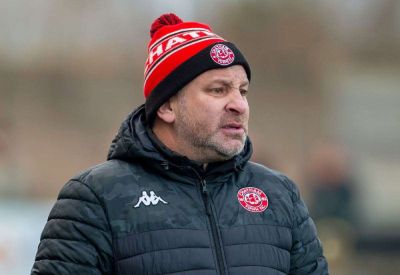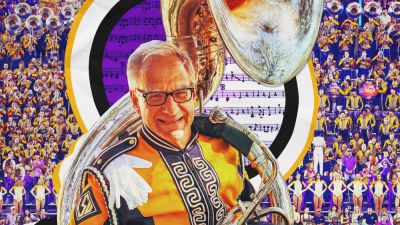How the Thunder helped heal Oklahoma City 30 years after unimaginable terror - ESPN
ON A WEDNESDAY morning a little more than 30 years ago, before his mother left for work in downtown Oklahoma City, a boy named Kyle Genzer told her he loved her.
It was a sunny, cloudless day. «Like today,» he says.
He tilts his head and looks toward the sky. She was in a hurry. He thought he'd see her later that day, after school. He wishes he'd hugged her, he says.
At 9:02 a.m., as he sat in his eighth grade class at Wellston Middle School, about 40 miles east of Oklahoma City, Genzer felt the school shake and the windows rattle.
«We thought it was thunder,» he says.
Minutes later, his uncle, a teacher there, knocked on the classroom door and told him there had been an explosion at the Alfred P. Murrah Federal Building, where his mother worked as a loan officer for the Federal Employees Credit Union.
It would be days before they learned her fate, that Jamie Genzer was killed along with 167 others in the most devastating act of homegrown terrorism in American history. She was 32 years old.
Jamie was a single mother who raised Kyle and his sister, Krista, and sang in the Sweet Adelines quartet. Her singing often woke the kids in the mornings.
At 14, after helping to pick out his mom's casket and planning her funeral, Kyle learned to endure the quiet.
It's May 26, and Genzer is standing on a sloping, grassy hill at the Oklahoma City National Memorial & Museum. He's 44 now, 12 years older than his mom was when she died.
In front of him is the Field of Empty Chairs, each one of the 168 made of glass, steel and bronze and bearing the names of those who never came home. Jamie worked on the third floor. Her chair is in the third row.
Just in front of them, in the second row, there are 15 smaller chairs. Those honor the 15








